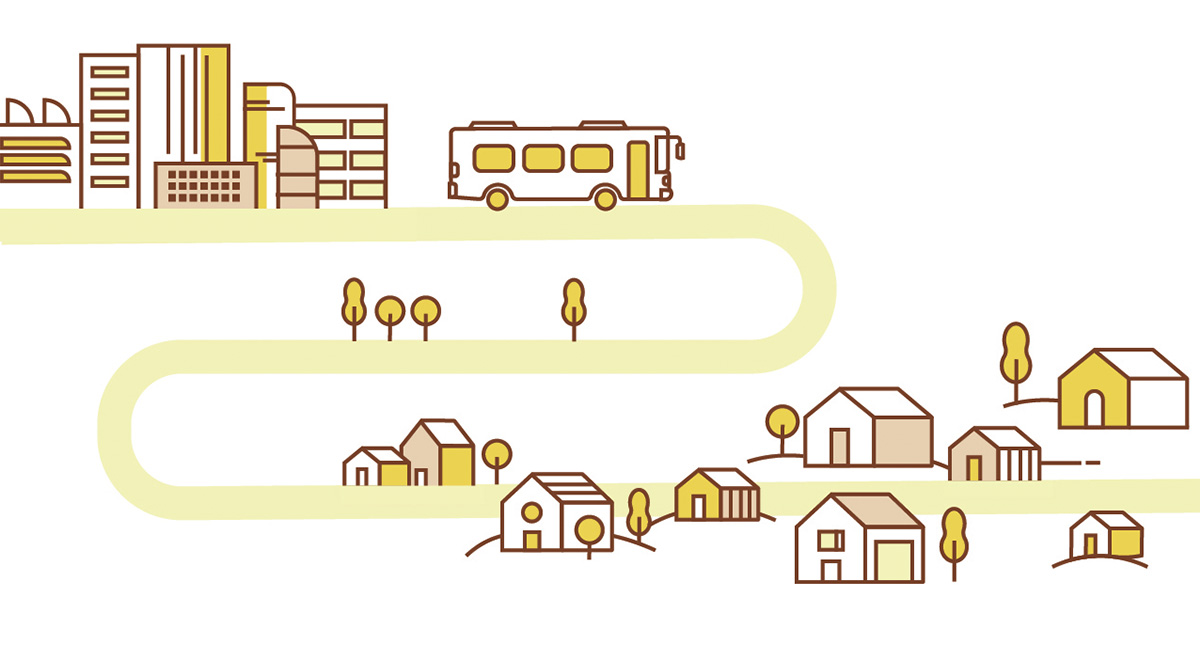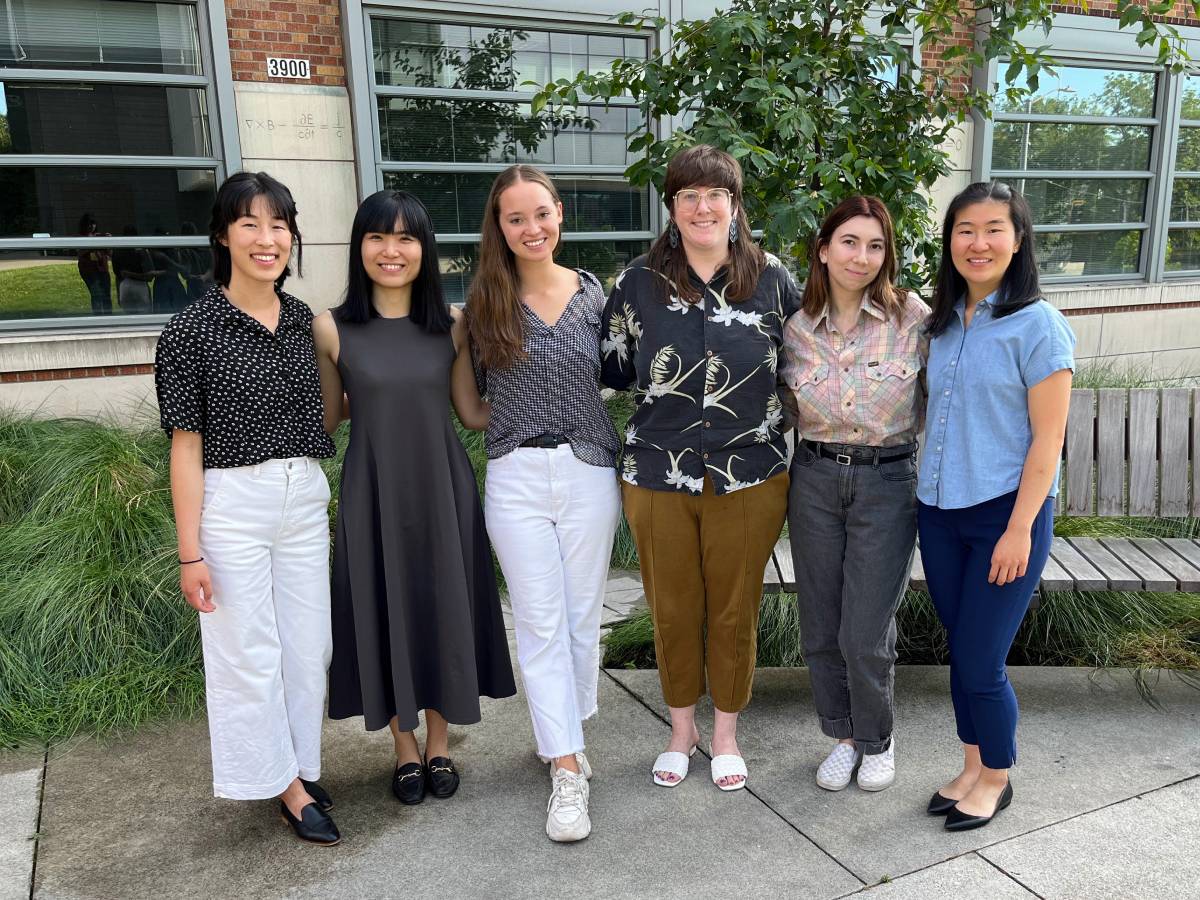
Migration to King County has grown over the years, in part due to the boom of the tech sector. As housing prices have risen, public health researchers want to know how this has affected internal displacement within the county, especially for low-income households.
The University of Washington’s Population Health Initiative (PHI) has been providing opportunities for students to answer some of these questions about migration in King County through its annual Applied Research Fellowship program, which brings in a cohort of students every year to conduct research and provide findings from their work to county health officials. Through this work, students can support local public health officials’ needs for assessing data that can be helpful for understanding migration patterns and informing policies in the county.
In 2023, five fellows across the university brought their interdisciplinary expertise to these issues, including three public health students: Master of Public Health (MPH) student Pamela Lim and Public Health-Global Health undergraduates Tiffany Childs and Lily Bates. They collaborated with Zhaowen Guo, a doctoral candidate in political science, and Rachel Song, a doctoral candidate in psychology.

“We need to know where people are going and why people are going there because we know that where you live and who you live with is a social determinant of health,” said Bates of this project. “We know that living in certain neighborhoods can tell you if you have a lower life expectancy based on your zip code. It's important to reliably see where people are moving in order to make policy decisions on the county level.”
The PHI fellowship program meets every year with a new cohort of fellows to study population health challenges. Each year, fellows build on the work of past cohorts. The program provides important lessons in interdisciplinary collaboration and experiential learning with real-world public health data.
MPH student Pamela Lim, who is earning dual master’s degrees in urban planning and environmental and occupational health sciences, used the fellowship experience as the basis for her practicum, a project-based learning experience required for the MPH. Lim will be presenting the findings of the team’s work at this year’s School of Public Health MPH Practicum Symposium on April 17, alongside over 100 other MPH students.
One of the important lessons for the students was how vital interdisciplinary collaboration is to addressing public health problems. For the fellowship, the five students learned from each other and their fellowship supervisor, Jessica Godwin, statistical demographer and training director at the Center for Studies in Demography and Ecology. While some students excelled in coding, others did in writing, and could share their skills with each other.
The fellows gathered for 10 weeks to learn coding and demography. They also did readings on topics like the history of redlining in Seattle. They then split into teams to explore how to use novel data systems to understand migration patterns.
One of the data systems they explored was Data Axle, a tool that pulls consumer data, such as magazine subscriptions and utility data, to create annual snapshots of the population of households in the U.S. While Data Axle is not typically used to understand migration, there is limited information available for local governments in the U.S. to observe these patterns. Public Health – Seattle & King County asked the fellows to assess the utility of the Data Axle database purchased by UW Libraries for measuring internal migration within King County.
The fellows also used more common data sources to understand migration and neighborhoods, such as the Online Rental Listings, the American Community Survey, and other public data sources from the King County Assessor’s Office, King County Metro, Sound Transit, school sites, school districts and data on environmental exposure from the Washington Environmental Health Disparities Map.
The fellows not only looked for migration patterns, but also wanted to learn more about the neighborhoods people moved to and from. Lim looked at some of these factors, such as environmental health pollutants, public transportation access, the amount of green space, or whether the neighborhood was in a flood zone.
“Migration and displacement have a lot of health implications and are rooted in the way a city is structured,” Lim said. “This project was really attractive to me because when thinking about health equity in the county, we should think about people who are being pushed out of areas that have benefits to them and have to move to places that have fewer resources.”
This fellowship experience helped students see how messy a real-world public health dataset can be. For example, the students found that many people were underrepresented in data from Data Axle, such as those under 18 and people who are unhoused. They also learned that Data Axle overrepresented households occupied by owners and underrepresented those occupied by renters. This called into question the suitability of using Data Axle to estimate internal migration in King County, as renters are much more likely to move than homeowners. The available dataset also only went through 2021.
“I was talking to a faculty adviser about how the data is so hard to work with because it’s so messy. She said, ‘That’s kind of how it is.’” Lim recalled. “I was surprised and realized that’s what I have to be prepared for with real-world data.”
Based on the limited data from Data Axle, the students found that people were more likely to move locally within the county rather than outside of it, but that there is increasing migration from North King County into Snohomish County and from South King County into Pierce County. They also found that rising rents in an area within the county were not correlated with observed migration out of that area in the same year.
In presenting their findings to King County public health officials, the students recommended that any use of Data Axle to estimate migration flows within the County must be adjusted according to status as a home renter or owner to better represent King County households. Future fellows will continue to build on this work.
Childs said that people who can afford housing may not think studying the issue of migration patterns matters to them. But this issue is relevant to everyone in Washington state, as tax dollars are directed to support affordable housing, and therefore need to be used effectively.
“Some people have blinders on when it comes to housing insecurity,” Childs said. “I work with people who are experiencing substance use disorder or addiction and have housing insecurity and live paycheck to paycheck. You never know who is in that position.”